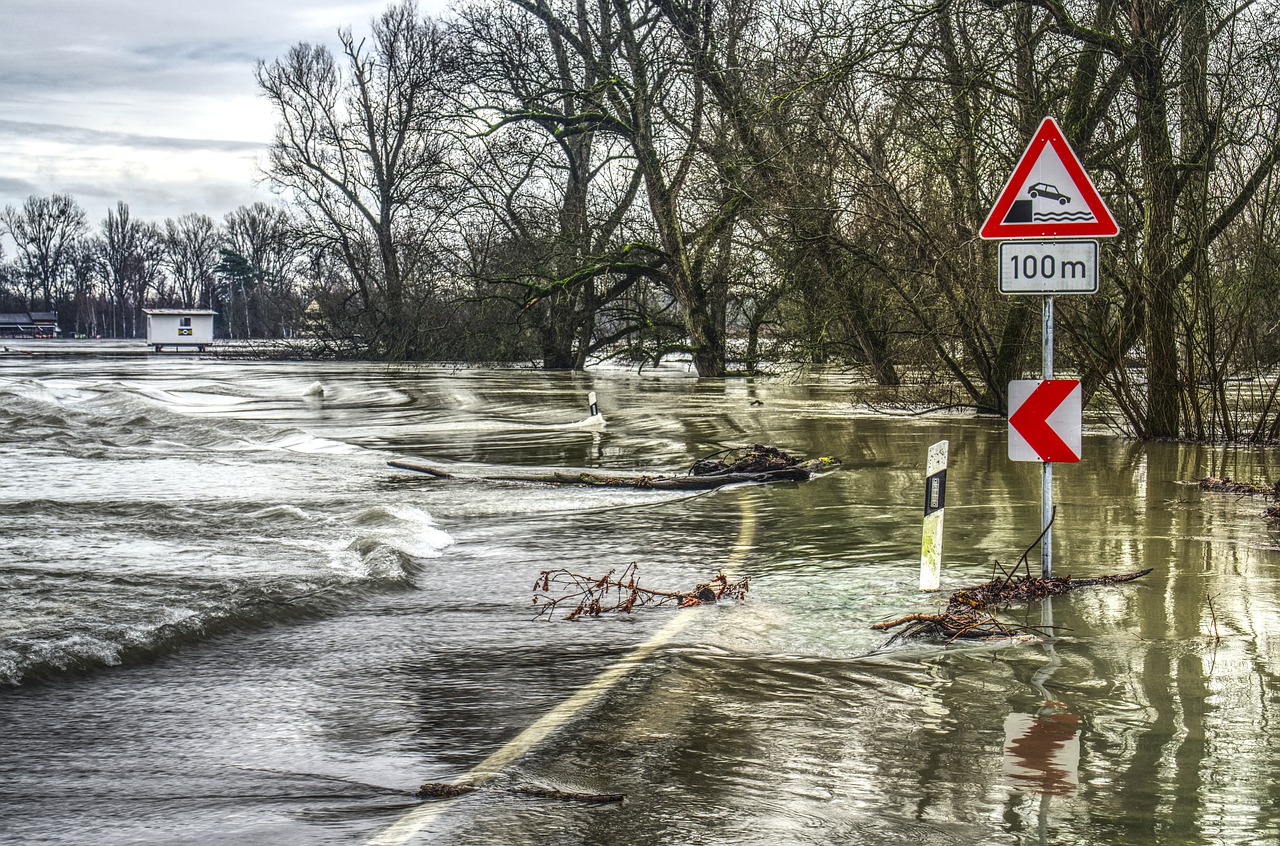
Vocabulary:
I will read the words, meanings, and sample sentences. Then, repeat after me.
- inundate /IN-uhn-deyt/
- vegetation /vej-i-TEY-shuhn/
- province /PROV-ins/
- municipal /myoo-NIS-uh-puhl/
- rainfall /REYN-fawl/
[verb] – to flood an area with water
If the dam fails, large areas of the town will be inundated.
[noun] – plants in general, or plants that are found in a particular area
Developers building hotels along the coast have harmed much of the region’s original vegetation.
[noun] – one of the areas that a country or empire is divided into as part of the organization of its government, which often has some control over its own laws
He established himself as governor of the province.
[adjective] – of or belonging to a town or city
He is in charge of the municipal housing project.
[noun] – rain, or the amount of rain that falls
Heavy rainfall ruined the game.
Article reading:
Please read the whole article. Then, I will check your pronunciation and intonation.
Yu Kongjian recalls the day he almost drowned in the river. The rice terraces in Yu’s farming commune in China had been inundated by the White Sand Creek, which had been swollen by rain. Yu, who was just ten years old at the time, dashed to the river’s edge. The ground beneath his feet suddenly disintegrated, carrying him into the torrents in an instant. The river’s flow was halted by banks of willows and reeds, allowing Yu to grip the vegetation and pull himself out. “I am sure that if the river was like it is today, smoothened with concrete floodwalls, I would have drowned,” he told in a statement.
It was a watershed moment that would have far-reaching consequences not only for him but also for the rest of China. Yu, one of China’s most important urban design theorists and Dean of Peking University’s college of architecture and landscape, is the brains behind the sponge city concept for flood management, which is being implemented in a number of Chinese towns. Even while some question whether sponge cities can actually operate in the face of more extreme floods due to climate change, he feels it is an idea that other locations may follow.
Prof. Yu acquired many of the classic farming techniques he learned growing up in Zhejiang’s eastern coastal province, such as storing rainwater in ponds for crops. It was well worth it. Following President Xi Jinping’s approval, the government launched a multibillion-yuan plan with an ambitious goal: by 2030, 80% of China’s municipal areas must contain sponge city characteristics and recycle at least 70% of rainfall.
It was a watershed moment that would have far-reaching consequences not only for him but also for the rest of China. Yu, one of China’s most important urban design theorists and Dean of Peking University’s college of architecture and landscape, is the brains behind the sponge city concept for flood management, which is being implemented in a number of Chinese towns. Even while some question whether sponge cities can actually operate in the face of more extreme floods due to climate change, he feels it is an idea that other locations may follow.
Prof. Yu acquired many of the classic farming techniques he learned growing up in Zhejiang’s eastern coastal province, such as storing rainwater in ponds for crops. It was well worth it. Following President Xi Jinping’s approval, the government launched a multibillion-yuan plan with an ambitious goal: by 2030, 80% of China’s municipal areas must contain sponge city characteristics and recycle at least 70% of rainfall.
Discussion Questions:
I will read each question. Then, please answer them.
- Do you know an area in your city that floods? How serious is it?
- What little ways do you do to help this problem? Tell me more about it.
- If you were President Xi Jinping, would you approve Prof. Yu’s plan? Why?
- Do you agree to recycle rainfall?
- What do you think of the sponge city concept for flood management?
Summarization
Please summarize the whole article using your own words and expressions. You will have one minute to prepare before you answer.
Describe:
Please explain the definition of each word listed below based on your understanding. You can provide example sentences if needed.
- rice terraces
- dash
- implement
- climate change
- acquire